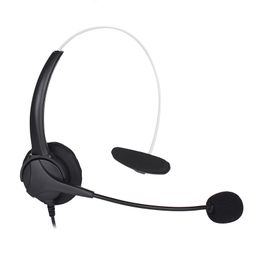

However, what does that really mean?īasically, the frequency response is the range of frequencies your microphone can capture. The 3Dio FS has a solid low-to-mid spectrum frequency response, ranging between 60Hz and 20kHz. It’s also responsible for the range of frequencies your microphone can cover. The microphone capsule is the part of the microphone that picks up and converts the sound waves into electrical signals. Essentially, those capsules are the heart and soul of this device. Chances are, you’re going to feel something.Īnd that something would be ASMR! This microphone captures even the most subtle sounds and broadcasts them to your audience as if they were there in person.Īs the sound waves enter the ear-shaped microphone, they encounter the microphone capsules (the Primo EM172). However, what would it be like if you were told to close your eyes and imagine yourself sitting in front of an old fireplace? Then, perhaps you start to hear someone tapping on a hard surface. If you were to listen to someone tap on a hard surface, you most likely wouldn’t feel anything at all. If you’re unfamiliar with ASMR (autonomous sensory meridian response), it’s basically a tingling feeling experienced by many people when they hear certain sounds or see certain visuals.Īn excellent example of this would be tapping on a hard surface. It’s especially useful for ASMR recordings! It can be beneficial for filmmakers, podcasters, and other audio-based creators. It has a lot of directionality, which makes it feel like you’re hearing something as if it were right next to your ear. However, that isn’t how the human ear works-which is why the 3Dio FS microphone can be so surprising. So, whether you’re listening to something on big speakers or small headphones, you’ll typically hear the same volume from both sides.

Nowadays, our brains are used to how recordings sound.


 0 kommentar(er)
0 kommentar(er)
